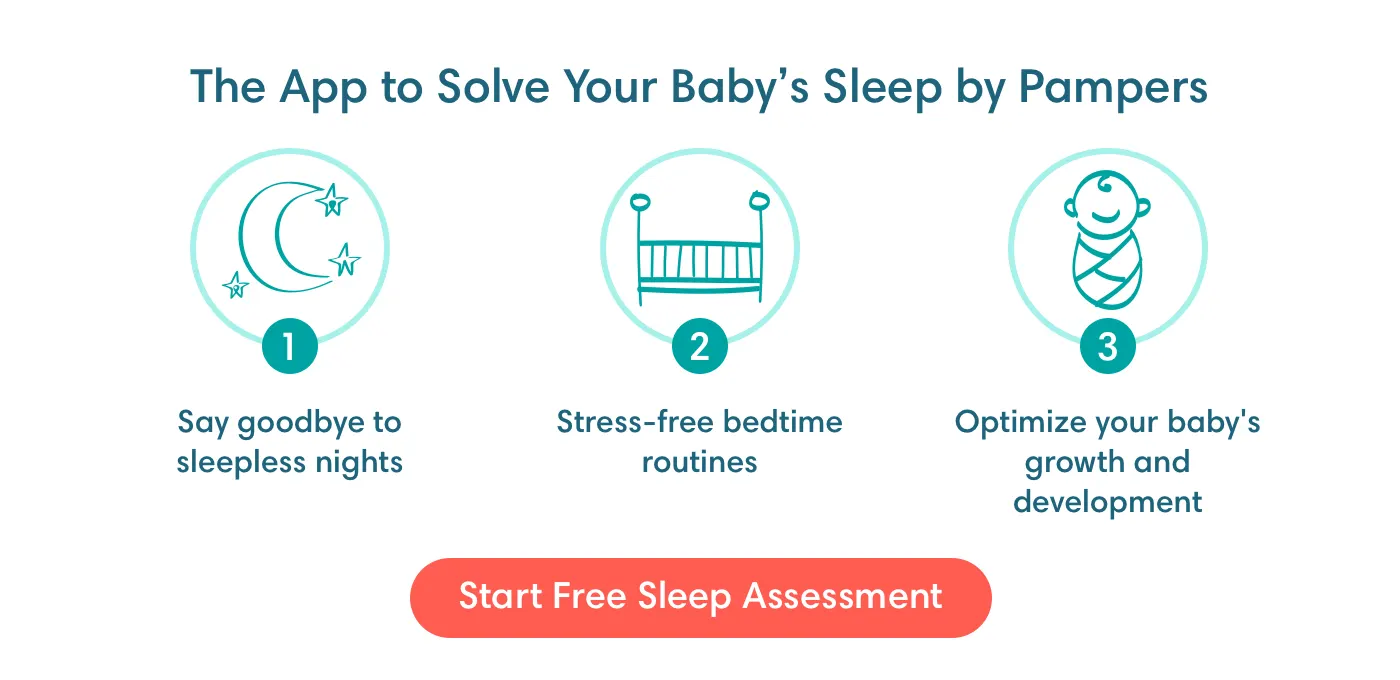When Can Babies Sleep on Their Side?
Side-sleeping may be a common practice for adults, but is it safe for your baby to sleep on her side? Because sleeping on her back is recommended to reduce the risk of Sudden Infant Death Syndrome (SIDS), it’s normal to wonder when it’s OK for your baby to sleep on her side. Read on to learn more about the risks of side-sleeping, how to reduce those risks, and when to let your little one sleep as she wants.
Should Your Baby Sleep on His Side?
As a rule of thumb, babies younger than 12 months should not be sleeping on their sides. Medical experts once believed that side-sleeping was OK for newborns and infants, but evidence has shown that this position isn’t as safe as back-sleeping.
This is because side-sleeping may increase the risk of SIDS, especially in the first six months.
Impaired Breathing. If your baby falls asleep on his side, he can easily end up rolling onto his stomach, a sleeping position that can block the airways and impair your baby’s breathing.
“Rebreathing.” Sleeping on the stomach may also increase the chance of your baby “rebreathing” the air she has already expelled, leading to a decline in oxygen levels and an increase in carbon dioxide. This can result in your baby not being able to wake herself up.
Until your baby turns 1, be sure to place him on his back for every sleep, including naps and when sleep training.
What if Your Baby Rolls on Her Side to Sleep?
If you notice your baby has shifted onto her side during sleep, gently roll her onto her back. You can do this during the first year, or until your little one is able to roll over both ways by herself with ease. Read more about when babies typically start rolling over.
There’s no way to prevent your baby from rolling onto his side or stomach during sleep, but what you can do is ensure that you always put him down to sleep on his back. Although babies can move while sleeping, it’s common for your little one to stay on his back if that’s how he started sleeping. But again, if he shifts to his side or stomach, simply move him onto his back gently.
Reducing the Risk of SIDS
There are a few other things you can do to reduce the risk of SIDS:
Put your baby to sleep on her back
Have her sleep in a crib with a firm crib mattress
Cover her mattress with a tight-fitting sheet
Keep the crib empty—no blankets, quilts, pillows, plush toys, or bumper pads.
These tactics can help your newborn or baby sleep on his back and reduce the chance of him turning on his side. And if he does turn to sleep on his side, keeping the crib clear will reduce the risk of suffocation. In the first year, the crib shouldn’t contain any loose bedding, bumper pads, blankets, pillows, or stuffed animals. It should be completely empty.
When Can Babies Sleep on Their Sides?
“Why does my baby sleep on her side?” “Can my baby sleep on her side while supervised?” “What if my baby is sleeping on her side with her head tilted back, then is it OK?” If you’re asking yourself any of these questions, you’re not alone. The fact is that babies will naturally start to turn in their sleep, so it can be confusing to know exactly when to allow them to embrace side-sleeping.
If your baby is sleeping on his side, there’s really no rhyme or reason to it. It’s simply the sleeping position he falls into naturally. This is why it’s best to monitor him and roll him onto his back when needed.
If you’re supervising your baby while she sleeps on her side, of course you can be there to prevent any risks. But you don’t want to encourage that position because it may be impossible for you to supervise her every time she sleeps.
It may appear to be OK if your baby is sleeping on his side with his head tilted back. But, you can’t control him if his head tilts forward and his airways become blocked. So, it’s better to encourage back-sleeping by rolling him over when he moves to his side.
The good news is, after the age of 1, you can let your baby sleep on her side. By this time, she may be rocking and rolling all over the house! But waiting until year 1 ensures that she’s able to roll herself easily. Maybe your 5-month-old baby is already rolling over and sleeping on her side may seem OK. Although this is a great milestone to celebrate, it’s still safest to keep her on her back while she catches her Zs, at least until that first birthday.
The Bottom Line
During the first year of your little one's life, always place him on his back for every sleep. Back-sleeping is the safest sleeping position for your baby and side-sleeping can increase the risk of SIDS.
If your baby happens to roll onto her side or stomach during sleep, and is under 1 year old, gently return her to the back position. Continue to do this until your baby is able to comfortably roll herself over in both directions with ease. Read more about your baby’s development milestones in her first year.
How we wrote this article
The information in this article is based on the expert advice found in trusted medical and government sources, such as the American Academy of Pediatrics and the American College of Obstetricians and Gynecologists. You can find a full list of sources used for this article below. The content on this page should not replace professional medical advice. Always consult medical professionals for full diagnosis and treatment.


![[CA] WSD 1 - Baby World Sleep Day 1](https://images.ctfassets.net/2ql69mthp94m/41LJkNsvtsZMN716fbD3BQ/516c6979eb937cb9587b46106452ad17/WSD_-_Desktop_-_baby_sleeping.png?fm=webp&q=70)